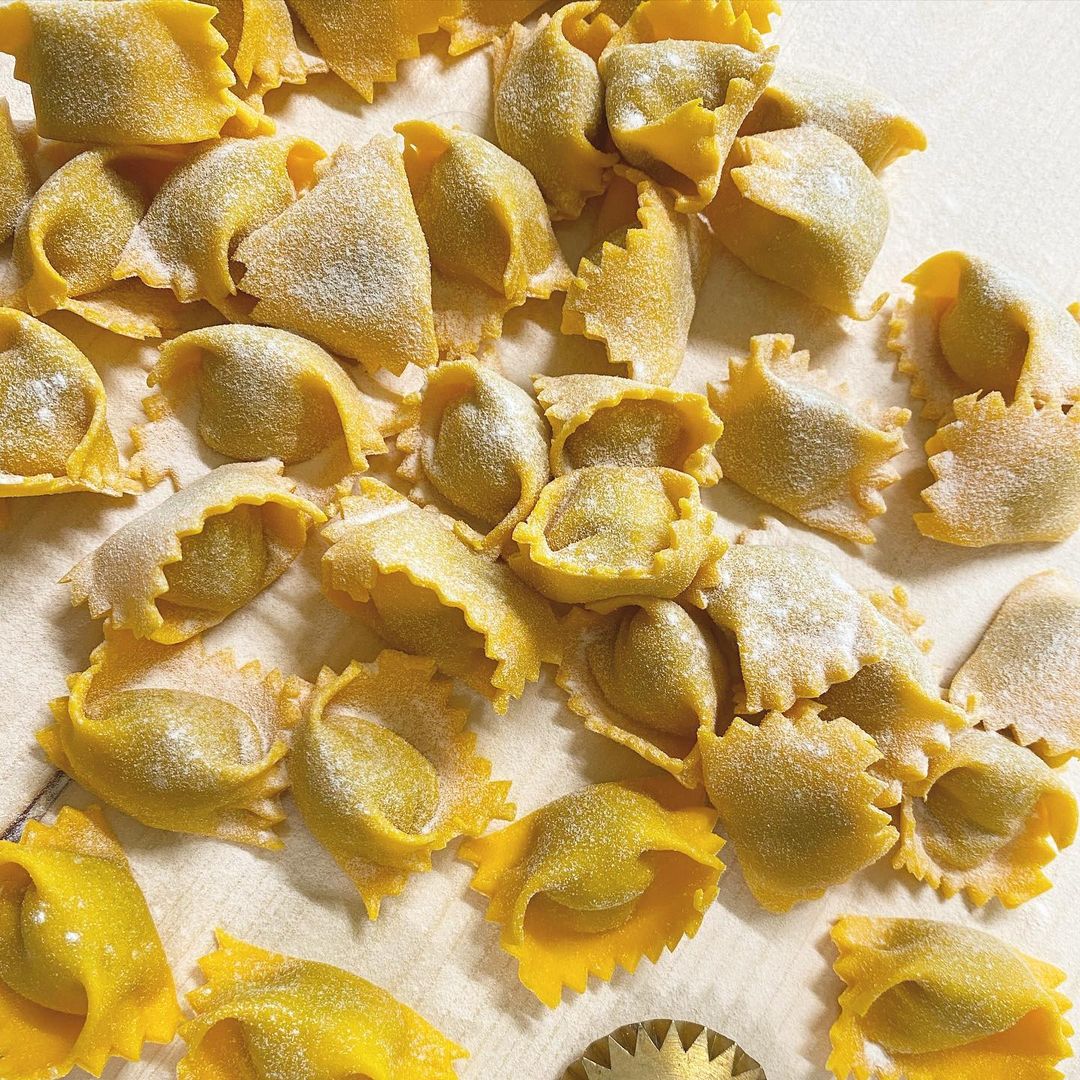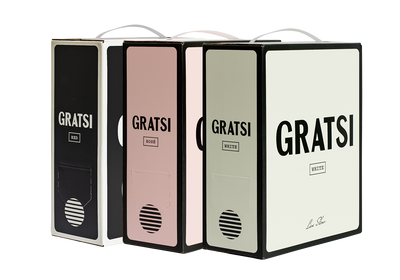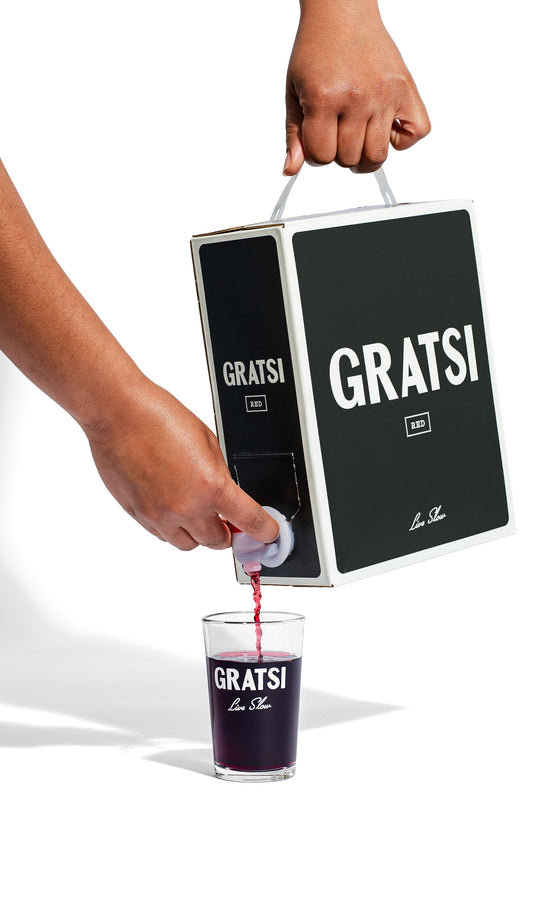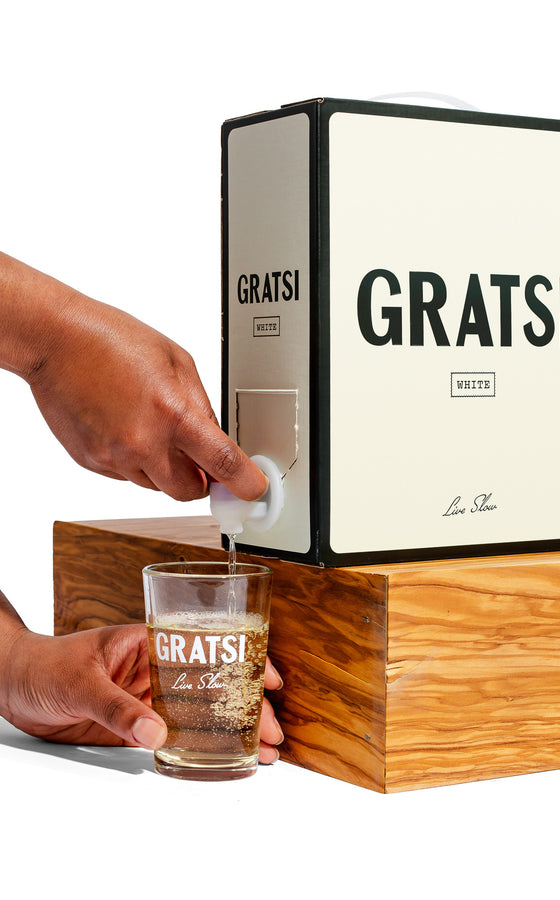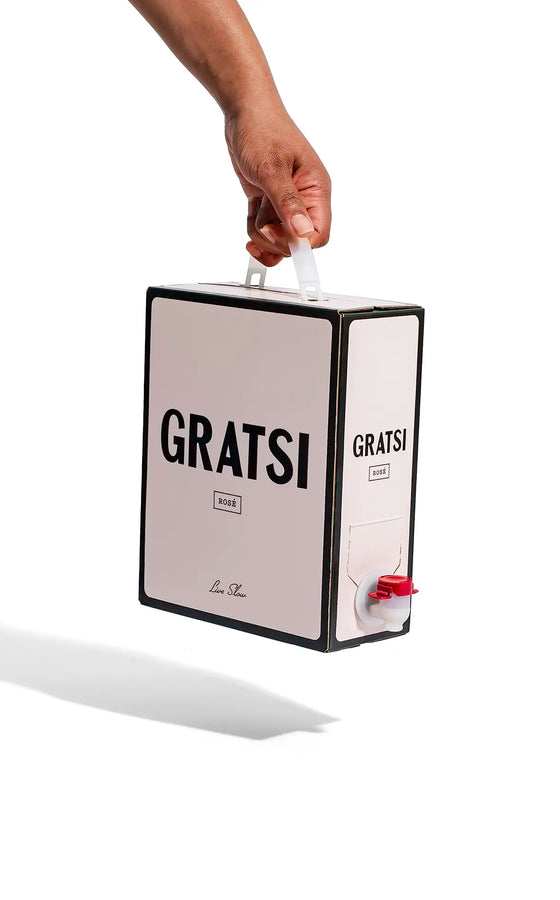The Origins and Artistry of Emilia-Romagna’s Legendary Pasta
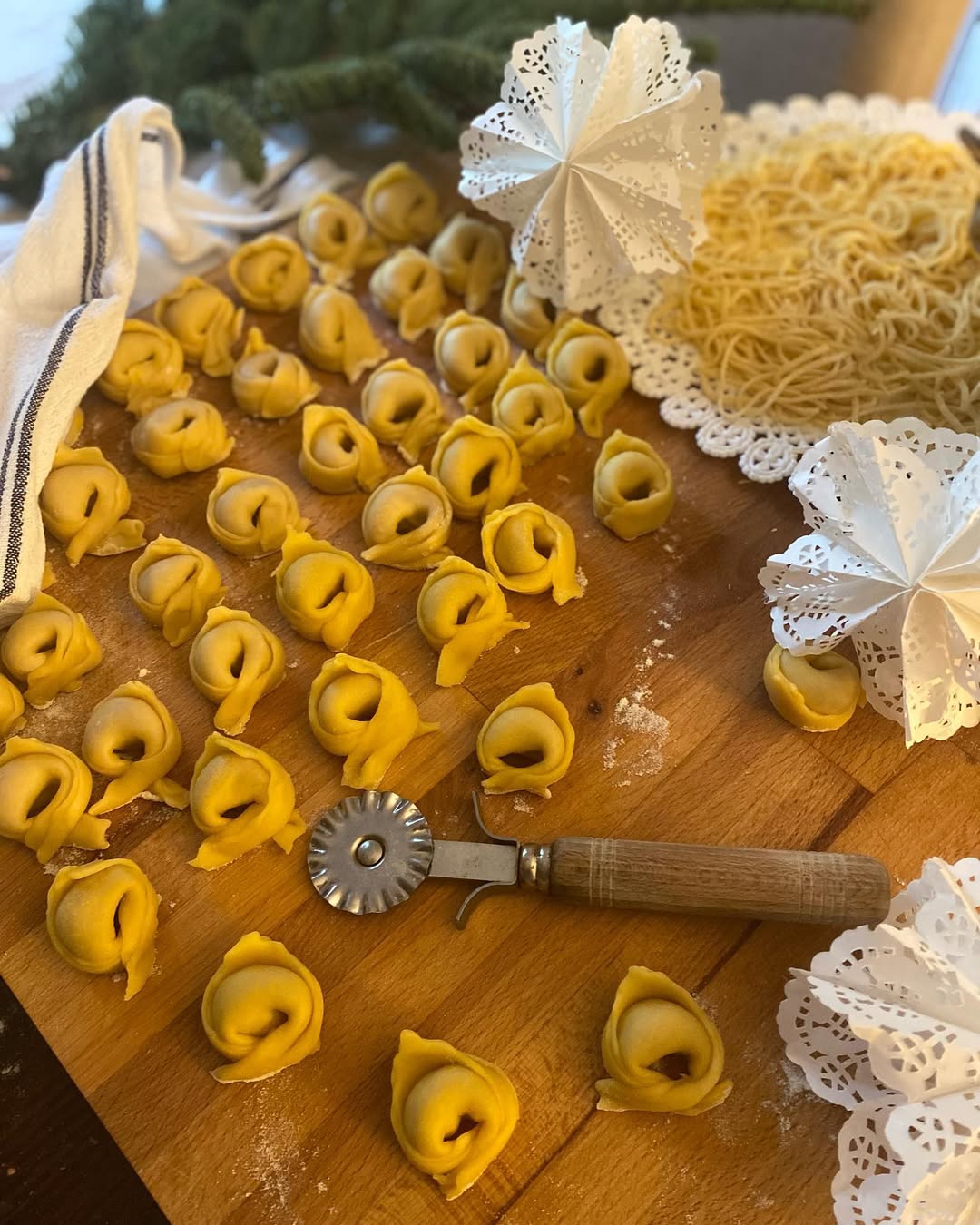
Crafting tortellini the heart and soul of Italian gastronomy.
The Origins and Artistry of Emilia-Romagna’s Legendary Pasta
By Silvia Nanetti
January 07, 2025
Tortellini, the dainty, hat-shaped parcels of filled pasta, hold an exalted place in the culinary heritage of Emilia-Romagna, a region celebrated for its gastronomic artistry. Revered as one of Italy’s most iconic dishes, tortellini are deeply rooted in the traditions of Bologna and Modena. These neighboring provinces have long vied for the honor of being the birthplace of this cherished dish, each insisting that their unique interpretation is the definitive version. Distinctions in fillings and techniques underscore this rivalry: in Bologna, the pasta is traditionally folded around the pinky finger, whereas in Modena, it’s deftly shaped around the tip of the index finger.
This beloved dish encompasses various sizes, from the petite tortellini to medium tortelli and the larger tortelloni. Crafted from flour, eggs, and a hint of water, the dough is rolled to a near-translucent thinness before being cut into squares, filled, and folded into their signature pointed rings. The classic filling combines ground pork and chicken breast with finely minced Prosciutto, Parmigiano Reggiano, and a touch of nutmeg. Regional variations abound, including recipes substituting mortadella for prosciutto or featuring ricotta and spinach—versions that have captured hearts well beyond Italy’s borders.
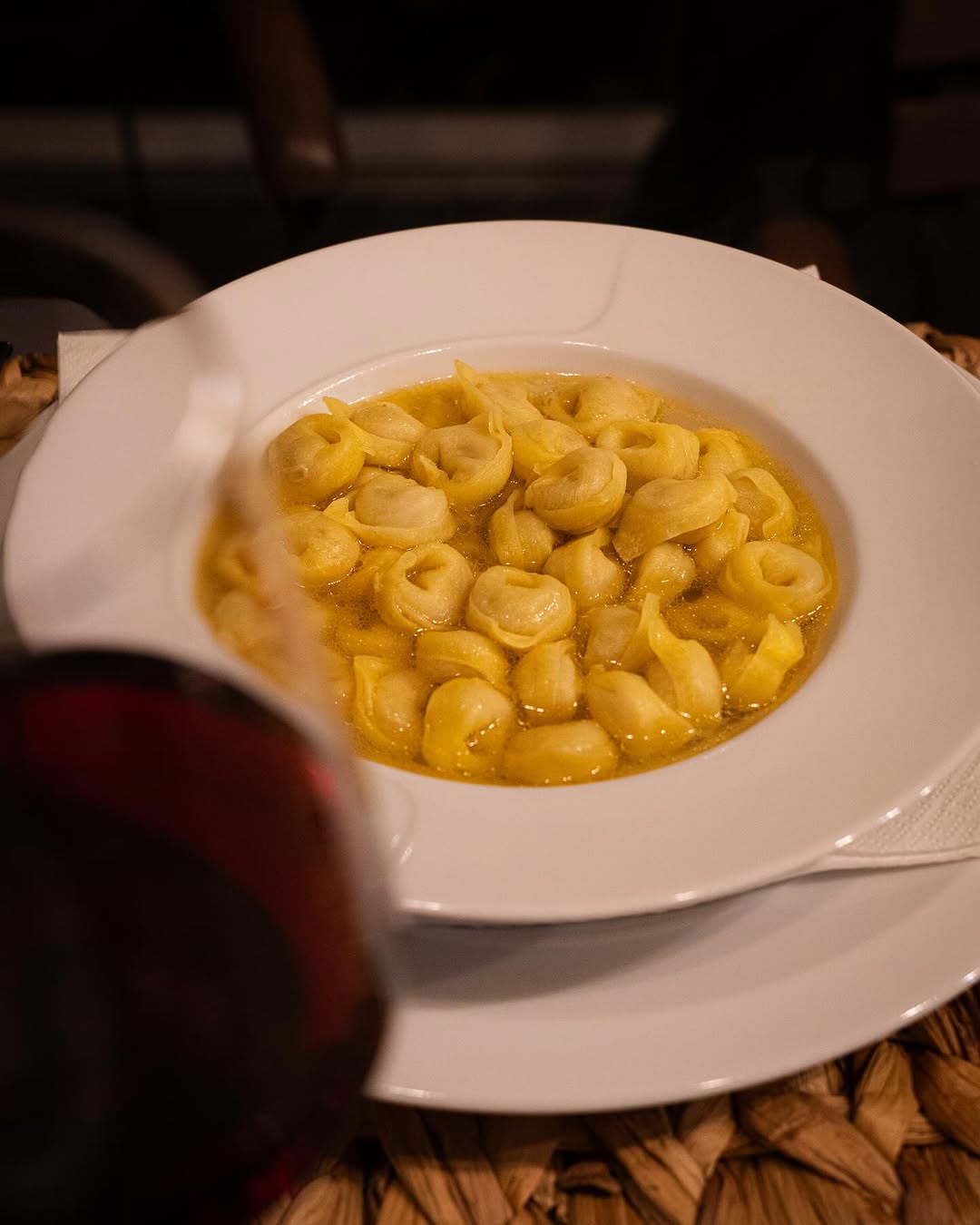
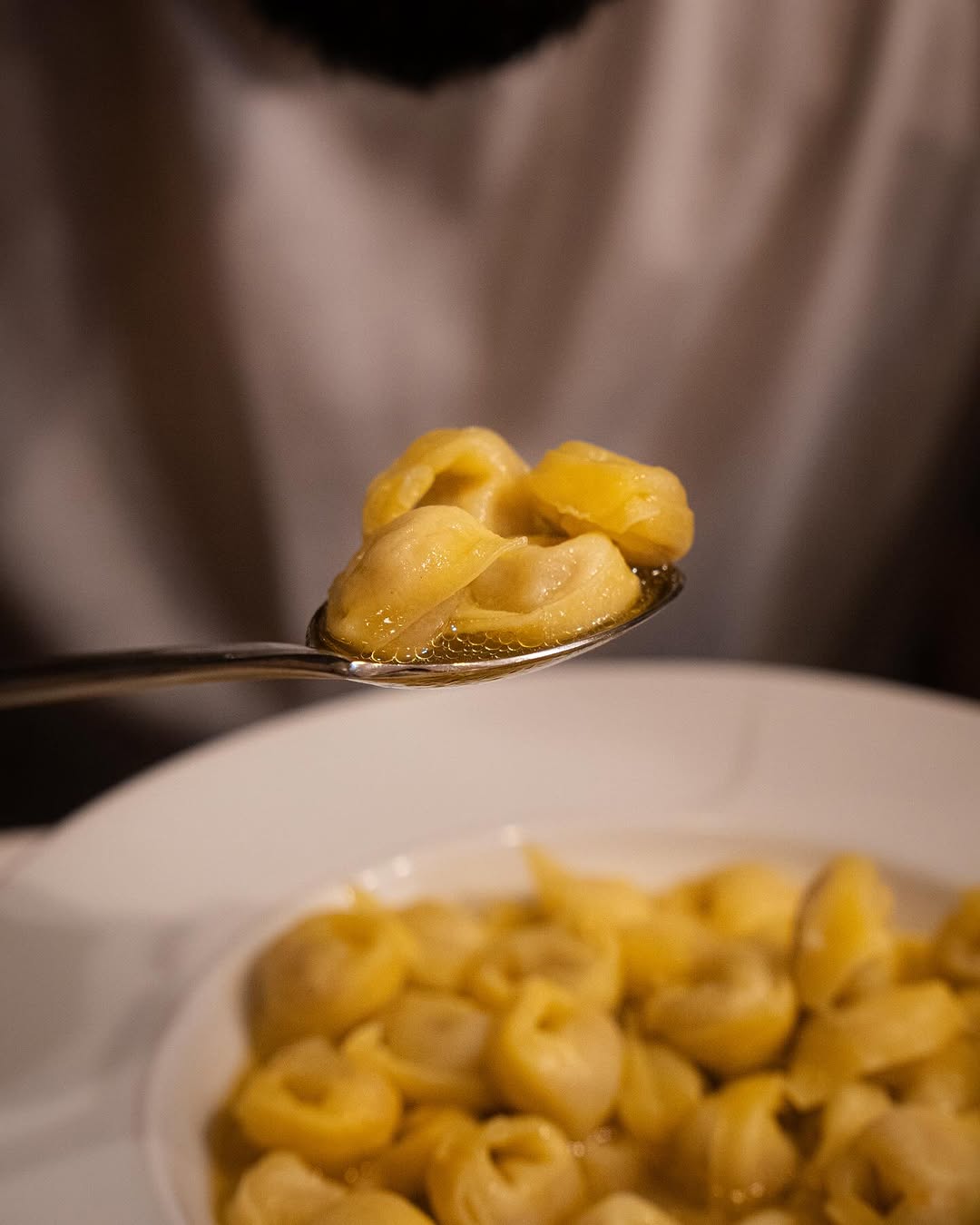
In Emilia-Romagna, artisanal shops proudly offer freshly prepared tortellini, often inviting customers to savor the uncooked pasta. With fillings such as mortadella, prosciutto, and Parmigiano being entirely safe to eat raw, these morsels are an unparalleled treat. Historically, mastering tortellini was considered an essential rite of passage for homemakers, a testament to its cultural significance. Today, the craft persists, often humorously advertised in Bologna’s pasta shops with signs proclaiming, “Tortellini so good, your husband will think they’re homemade!”
An Enchanting History
Tortellini’s origins are as storied as they are contested, with written references dating back to the 12th century. Legends entwine history and myth: Modena attributes the creation of tortellini to an innkeeper inspired by the glimpse of Renaissance beauty Lucrezia Borgia’s navel through a keyhole. Bologna offers an equally poetic counterclaim, asserting the pasta was modeled after the navel of Venus, the goddess of love and beauty.
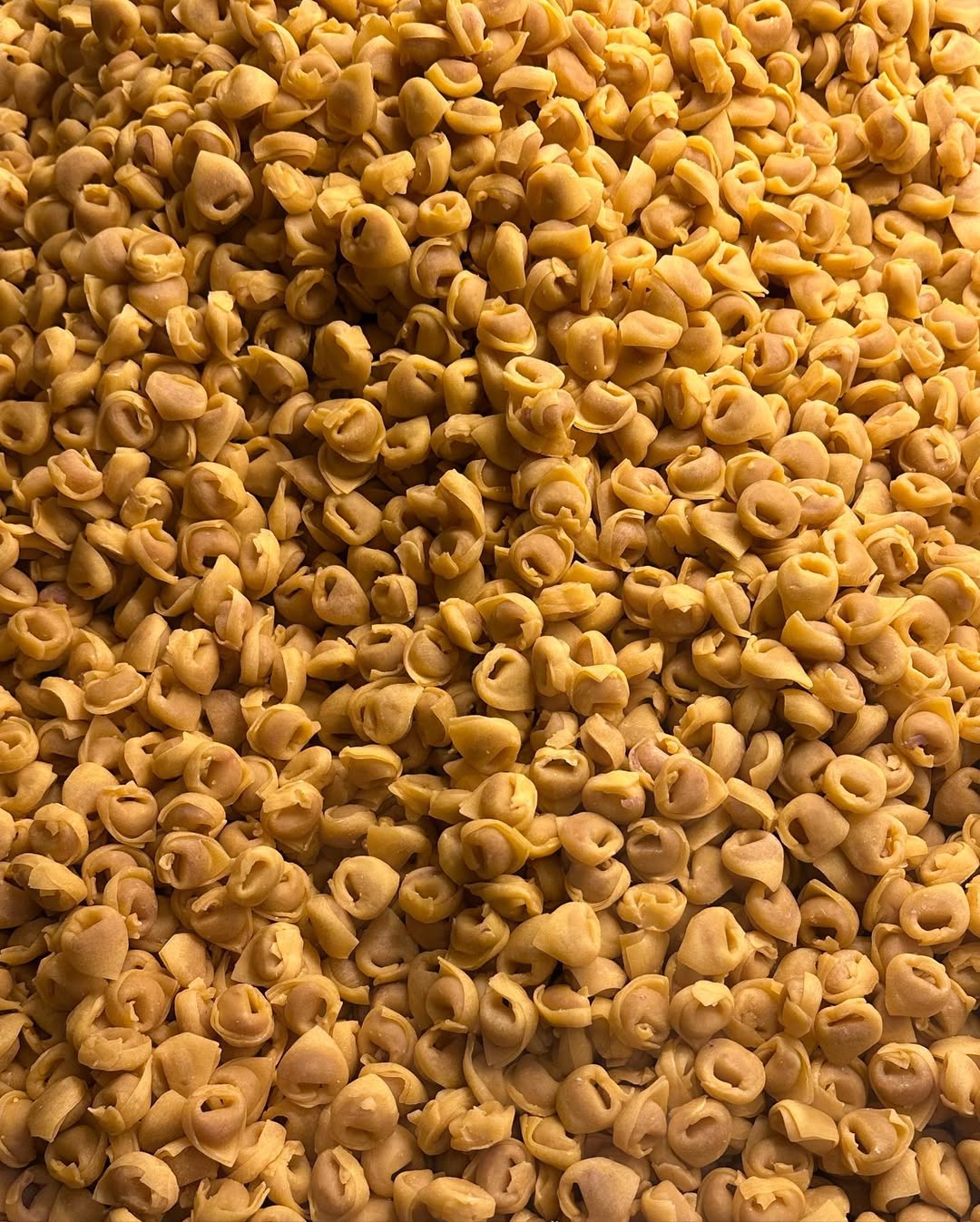
The original recipe
Ingredients:
- 2 L chicken & beef stock blend
- 100 grams Prosciutto, diced
- 100 grams pork
- 100 grams mortadella, diced
- Dry white wine
- 100 Parmigiano Reggiano
- Nutmeg, grated to taste
- 3 eggs
- 2 grams of 00 flour
- Salt to taste
Dice the pork meat into small pieces. In a pan, drizzle some EVO oil and cook the pork stirring often. After it’s no longer pink, add a splash of white wine picking up any bits stuck to the pan. Let the alcohol burn off and place the pork in a food processor or high-powered blender. Once the pork has cooled off, add the prosciutto and mortadella. Blend until it’s almost smooth. Add the Parmigiano Reggiano, and season with freshly grated nutmeg and salt to taste. Blend again. Add the egg, and blend until you get a homogenous mixture. Place the mixture into a piping bag and chill.
Make an egg dough with 200 grams of 00 flour and 2 eggs, then let the dough rest, and when you’re ready to roll the dough, set up your station.
You want your piping bag with the filling, your pasta machine or rolling pin, a spray bottle filled with a cup of water, a ruler, and a way to cut the tortellini. You need to have everything set up, because once you roll out the sheet it starts to dry so you need to move fast. When you roll your sheet, cut squares that are 3 x 3 cm. Quickly pipe out the filling into the squares, the filling should be the size of about a chickpea. Slightly wet the edges on half of the square. Then, bring the bottom point to meet the top point and press along the edges, squeezing any air out. Then, bring the two sides down around your fingertip or pinky and have them overlap.
Place your broth to heat, season to taste with salt. Cook the tortellini in the broth, and plate with additional Parmigiano Reggiano.

